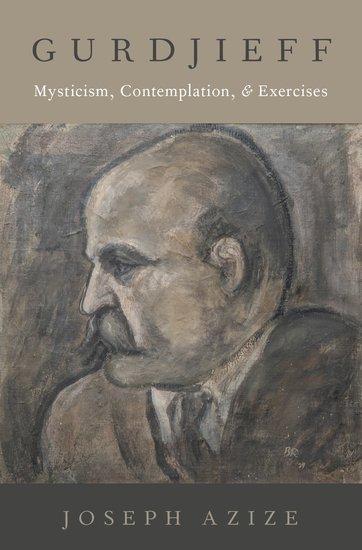
Zustellung: Mo, 26.05. - Sa, 31.05.
Versand in 2 Wochen
VersandkostenfreiBestellen & in Filiale abholen:
The Armenian-born mystic, philosopher, and spiritual teacher G. I. Gurdjieff (c.1866-1949) is an enigmatic figure, the subject of a great deal of interest and speculation, but not easily fitting into any of the common categories of "esoteric," "occult," or "New Age." Scholars have for the most part passed over in silence the contemplative exercises presented in Gurdjieff's writings. Although Gurdjieff had intended them to be confidential, some of the most important exercises were published posthumously in 1950 and in 1975. Arguing that an understanding of these exercises is necessary to fully appreciate Gurdjieff's contribution to modern esotericism, Joseph Azize offers the first complete study of the exercises and their theoretical foundation.
Inhaltsverzeichnis
- Introduction by Professor Carole Cusack
- Acknowledgments
- Part I: Introductory
- Introduction
- Chapter 1: A Biographical Sketch of Gurdjieff
- Chapter 2: An Overview of Gurdjieff's Ideas
- Chapter 3: Gurdjieff and the Mystical Tradition
- Part II: Gurdjieff's Contemplative Exercises
- Chapter 4: The Russian Years
- Chapter 5: Gurdjieff to the Early 1930s
- Chapter 6: The First Series: Beelzebub's Tales to his Grandson
- Chapter 7: The Soil Preparing Exercise from the Third Series
- Chapter 8: The First Assisting Exercise from the Third Series
- Chapter 9: The Second Assisting Exercise from the Third Series
- Chapter 10: Gurdjieff in the late 1930s
- Chapter 11: Exercises from the Transcripts of 1941-1946
- Part III: Exercises from Gurdjieff's Pupils
- Chapter 12: The Reality of Being
- Chapter 13: The Four Ideals Exercise
- Chapter 14: The Lord Have Mercy " Exercises
- Chapter 15: The Color Spectrum Exercise
- Chapter 16: The Clear Impressions Exercise
- Chapter 17: The Preparation
- Chapter 18: Gurdjieff's Two Last Exercises
- Bibliography
Produktdetails
Erscheinungsdatum
13. Januar 2020
Sprache
englisch
Seitenanzahl
352
Autor/Autorin
Joseph Azize
Verlag/Hersteller
Produktart
gebunden
Gewicht
558 g
Größe (L/B/H)
239/158/30 mm
ISBN
9780190064075
Entdecken Sie mehr
Bewertungen
0 Bewertungen
Es wurden noch keine Bewertungen abgegeben. Schreiben Sie die erste Bewertung zu "Gurdjieff" und helfen Sie damit anderen bei der Kaufentscheidung.










